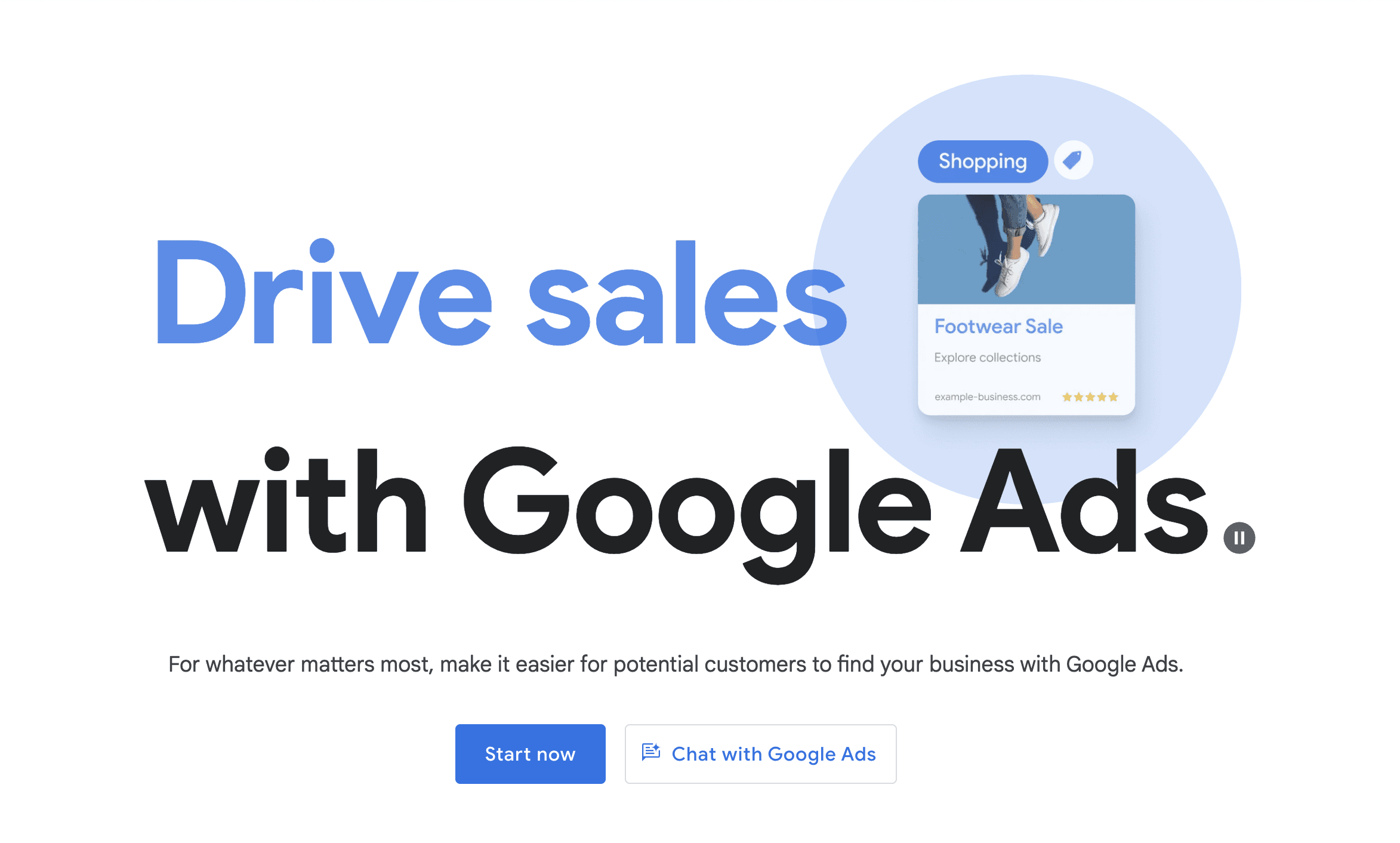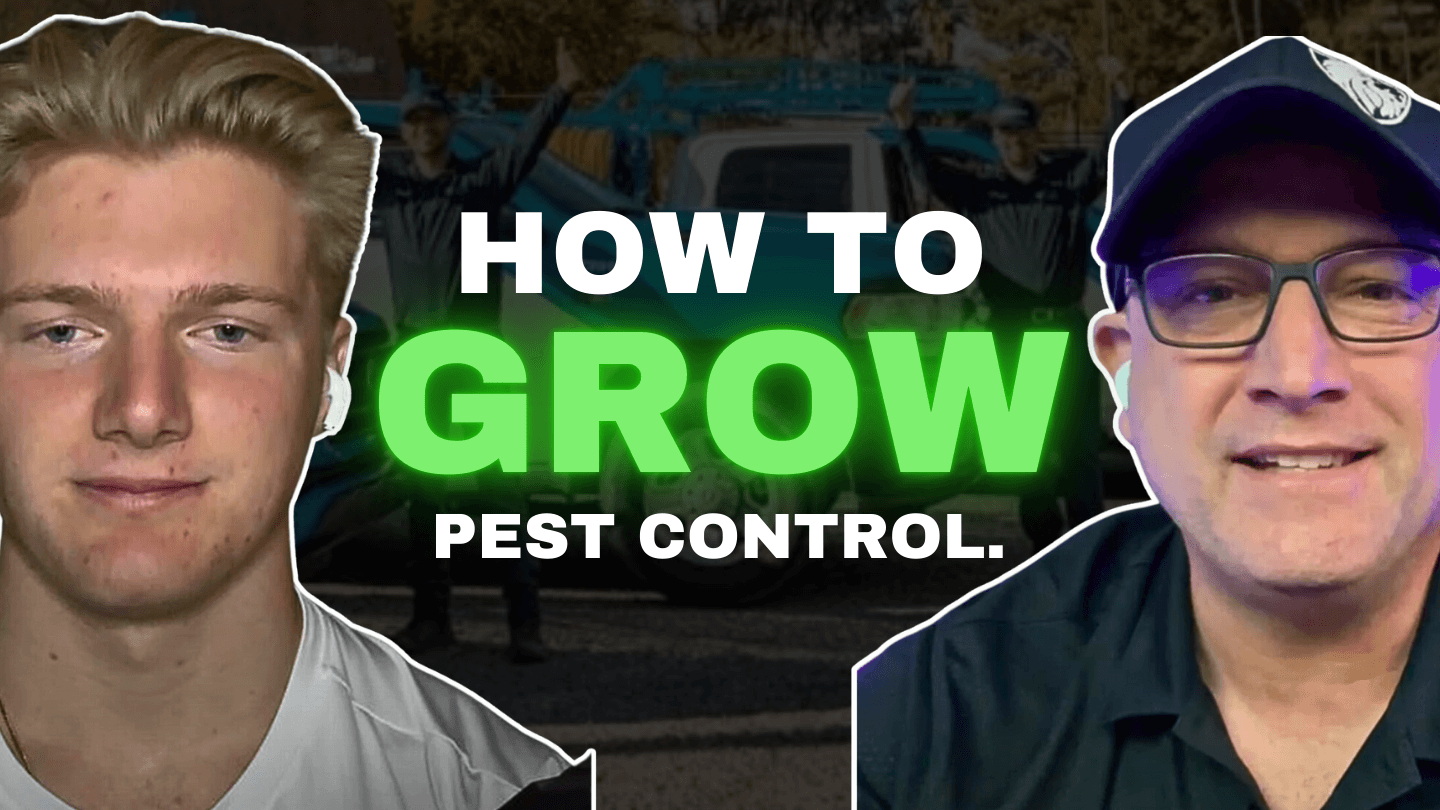Informational
Pest Control Ads: How To Do Pest Control Advertising Effectively
Danny Leibrandt
Apr 29, 2024
If you’re in the pest control business, you know that getting leads is critical to keeping your phone ringing and your schedule full. While organic strategies like SEO are great for long-term growth, running ads can bring in immediate results. Whether you're targeting people actively searching for pest control or building brand awareness in your local area, ads offer a fast and scalable way to reach your ideal customers. In this guide, I’ll show you exactly how to run ads for pest control that convert leads into paying customers.
Why Pest Control Ads are Effective
Ads, especially paid digital ads, are incredibly effective because they allow you to target people who are either actively looking for your services or have shown an interest in pest control. With the right ad platforms, you can put your message in front of homeowners and business owners who need pest control now. Running ads gives you control over your visibility, enabling you to generate leads quickly, especially during peak pest seasons.
The key to success with pest control advertising is targeting the right people, using compelling messaging, and optimizing your budget to get the most bang for your buck. Let’s break down the most effective ad platforms and how to make the most of each one.
1. Google Search Ads
Google Search Ads are one of the most powerful tools for pest control businesses because they allow you to capture high-intent customers—those actively searching for pest control services in your area. Here’s how to set up and run effective Google Ads:
A. Keyword Targeting
Google Search Ads rely on targeting specific keywords that potential customers are typing into Google. For pest control, you’ll want to focus on both general and location-specific keywords like:
“pest control near me”
“exterminator [city]”
“pest control [city]”
Use Google’s Keyword Planner to find keywords with a high search volume in your area. Combine service-specific terms (like “ant extermination” or “bed bug removal”) with location keywords to ensure you’re capturing local traffic.
B. Ad Copy
Your ad copy should address the pain points of your potential customers and include a strong call to action. Make sure to highlight your unique selling points, such as:
Fast response times
Free inspections
Eco-friendly solutions
Money-back guarantees
Here’s an example of effective ad copy:
“Need Fast, Reliable Pest Control in [City]? Call Today for a Free Inspection! We Handle Termites, Rodents, Bed Bugs & More. Same-Day Service Available.”
C. Landing Pages
One of the biggest mistakes I see is sending ad traffic to a generic homepage. Instead, create specific landing pages for each ad campaign. If your ad is about termite treatment, send users to a landing page that focuses on termite control. Make sure the page includes:
A clear headline matching the ad’s message
Contact form or click-to-call button
Trust signals (reviews, certifications, guarantees)
Details about your services and pricing
D. Budgeting and Bidding
For Google Ads, you’ll be bidding on keywords, so setting a budget is crucial. You can start with a small daily budget and scale up as you see results. Google Ads also lets you set bidding strategies, such as manual bidding or automatic bidding, based on your campaign goals (e.g., maximizing clicks or conversions).
2. Google Local Service Ads (LSAs)
Google Local Service Ads (LSAs) are a game-changer for local service businesses like pest control. These ads appear at the very top of Google search results, above even the regular paid search ads. They are marked as “Google Guaranteed,” which helps build trust with potential customers.
A. How LSAs Work
LSAs are designed to help local businesses get leads, with a focus on phone calls. When a customer clicks on your ad, they can either call you directly or send a message. You only pay when a customer contacts you through the ad.
B. Setup and Optimization
To set up Local Service Ads, you’ll need to go through a verification process with Google, which includes background checks and insurance verification. Once you’re approved, you can customize your profile with your service offerings, business hours, and pricing. Collecting positive reviews on your Google Business Profile will also help improve your LSA ranking and attract more customers.
C. Managing LSAs
One of the best things about LSAs is that they allow you to manage your leads directly. You can pause your ads, adjust your budget, and review your lead quality from the LSA dashboard. Make sure to respond quickly to inquiries to maximize your success.
3. Facebook Ads
While Google Ads target people actively searching for pest control, Facebook Ads allow you to create awareness and reach people who may need your services in the future. With Facebook’s detailed targeting options, you can advertise to specific demographics, such as homeowners in your service area.
A. Targeting
Facebook allows you to target users based on location, age, homeownership status, and even interests. For example, you can target homeowners in your service area who are interested in DIY pest control or home improvement.
B. Ad Formats
Facebook offers various ad formats, including image ads, video ads, and carousel ads. For pest control businesses, video ads can be particularly effective in showing how your service works. You can create short videos that explain the benefits of professional pest control or demonstrate how you solve common pest problems.
C. Retargeting
One of Facebook’s most powerful tools is retargeting. You can create ads that target people who have visited your website but haven’t yet taken action. Retargeting ads can be used to remind visitors of your services, offer a discount, or encourage them to book an inspection.
4. Display Ads
Display ads are banner ads that appear across the web on various websites. These can be a great tool for brand awareness, especially for people who have visited your website but haven’t yet converted. Google’s Display Network lets you place your ads on thousands of websites that your potential customers are visiting.
A. Targeting and Placement
With display ads, you can use audience targeting to reach people based on demographics, interests, or behaviors. You can also target specific websites or placements where you know your potential customers are likely to be.
B. Visual Appeal
Your display ads should be visually appealing, with clear messaging and a strong call to action. Include high-quality images or graphics and make sure your branding is consistent. For example, show a clean and professional image of your team with a simple message like, “Schedule Your Free Pest Control Inspection Today!”
5. YouTube Ads
YouTube is often overlooked in pest control advertising, but video ads can be a powerful tool for building brand awareness. You can create short, informative video ads that show how you solve common pest problems or highlight customer success stories.
A. Types of YouTube Ads
In-Stream Ads: These are the ads that play before or during YouTube videos. You can target specific videos or channels that are related to home improvement, DIY pest control, or local content.
Display Ads: These appear next to related videos, encouraging viewers to click through to your website.
B. Video Content
Focus on educational content, such as “how to identify common household pests” or “why you need professional pest control.” Videos that show real solutions to pest problems can grab attention and build trust with your audience.
Conclusion
Advertising for your pest control business is one of the most effective ways to generate leads and grow your customer base. From Google Search Ads to Facebook Ads, each platform has its own strengths, allowing you to reach the right people at the right time. The key to success is targeting the right keywords, creating compelling ad copy, and optimizing your landing pages to convert leads into customers. With the right advertising strategy in place, you can take your pest control business to the next level.


